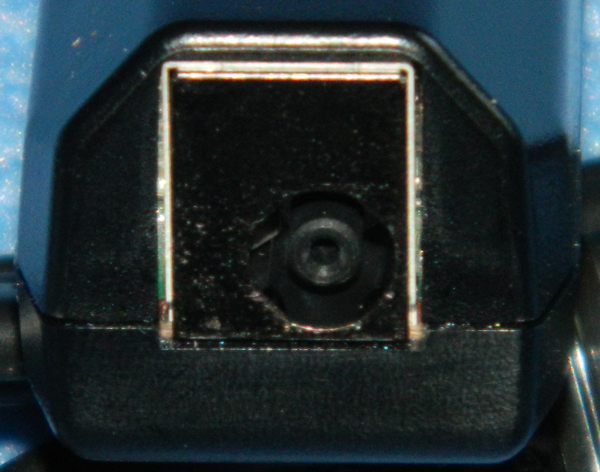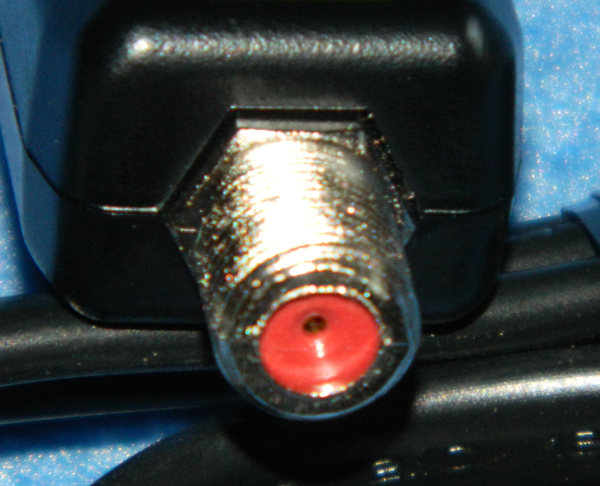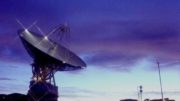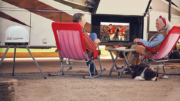What do you do if you want to connect your older DIRECTV receiver to the internet? One option is to use the ethernet port built into all older DIRECTV receivers. That will get you On Demand content but unless you’re really talented, it’s hard to use DIRECTV’s excellent Whole-Home system.
The easy answer has been to use DIRECTV’s DECA. Add one of these to your receiver and top it off with a Cinema Connection Kit near your router (or a wireless one anywhere in the house) and bingo, you’re in business.
DIRECTV has once again updated their recommendation for connecting receivers to the internet. At first, they suggested a DECA with a PS18 power supply. They later moved to the Cinema Connection Kit which gave a cleaner look to residential installs. Now, they have moved back to a modular solution which they once again call a DECA Broadband.
It’s pretty likely that this was a cost-cutting measure. The majority of customers get this part during installation and they aren’t charged for it. While the Cinema Connection Kits were attractive, it was just one more part DIRECTV had to make. Here, you see an off-the-shelf solution made up of existing parts.
That’s right, if these parts look familiar to you, it’s only because two of the three pieces in this kit have been seen before. The key part is the DECA II which replaces the original DECA. The second part is the EPS10 power supply. This is the same power supply used on H25 and Genie Client (C31) boxes, there has to be some economy of scale there. The power supply puts out 12 volts at 1.5 amps, which is enough to power the DECA II.

The third piece of the puzzle is the all new DCFR0 dongle. It’s not clear if this will be available separately or just as part of a kit. There isn’t a lot of magic here, but it is the only new part of the kit so let’s take a good look:

One end is designed to connect to the EPS10 power supply. There is no lock to this, so it may be desirable for the DIYer to use a cable tie or some electrical tape to make sure that it doesn’t come off. This should definitely be placed so there is no tension or strain on this connection.

The coaxial side connects to the DECA and has a red core indicating that it passes power.
Connection is easy, and really there is only one way this can go together. The kit I received did not have an ethernet cable, although production kits may include one. At any rate whether you’re a DIYer or professional it’s not a bad idea to have a supply of ethernet cables of different lengths around.
Using this three-piece solution gives DIRECTV additional control over costs during the critical installation window, and that’s a good thing. While the three-piece kit may not be seen as attractive, it will most likely sit behind a router along with other cables, possibly even in a closet. For installers who need to use multiple DECAs (DRE, for example, uses one DECA for each 8 tuners) the mounting isn’t any harder than it was with the Cinema Connection kits. In fact, it should be easier to mount these to a piece of project board for a neater installation.
The power and network lights have been moved to the opposite side of the unit, where a big shiny DIRECTV logo now sits. The “Network” light takes the place of both the “C-LINK” and “NETWK” lights. Like the older models the Network light it shows yellow for reduced connectivity and green for a good connection. (Note: This is the same DECA, it looks brown in the right picture because it was photographed without a flash to show the lights.)Performance-wise, there’s no difference between the old DECA and the new one. Build quality is about the same as well. If you already have DECAs for your older receivers there’s no need to change them. The new DECA works just great with the PS18 DECA Power Supply so you can easily turn an unused coax line into an ethernet port.





